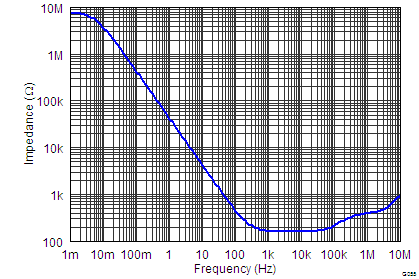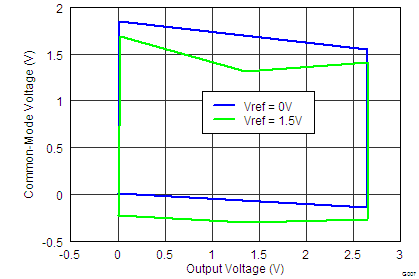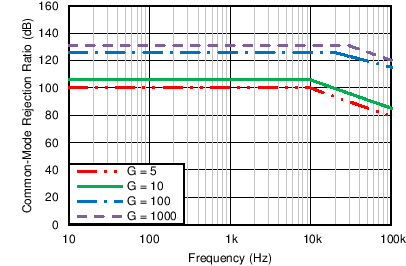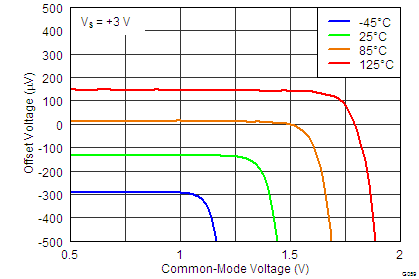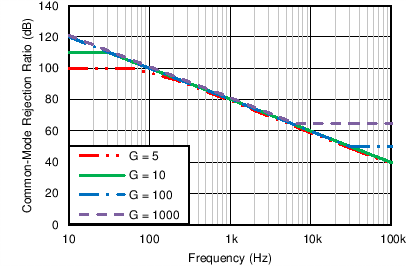SBOS631B June 2012 – November 2017 INA827
PRODUCTION DATA.
- 1 Features
- 2 Applications
- 3 Description
- 4 Revision History
- 5 Pin Configuration and Functions
- 6 Specifications
- 7 Typical Characteristics
- 8 Detailed Description
- 9 Application and Implementation
- 10Power Supply Recommendations
- 11Layout
- 12Device and Documentation Support
- 13Mechanical, Packaging, and Orderable Information
Package Options
Mechanical Data (Package|Pins)
- DGK|8
Thermal pad, mechanical data (Package|Pins)
Orderable Information
7 Typical Characteristics
at TA = +25°C, VS = ±15 V, RL = 10 kΩ, VREF = 0 V, and G = 5 (unless otherwise noted)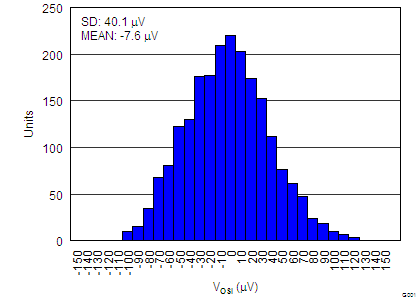
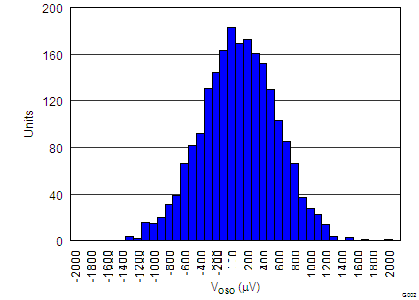
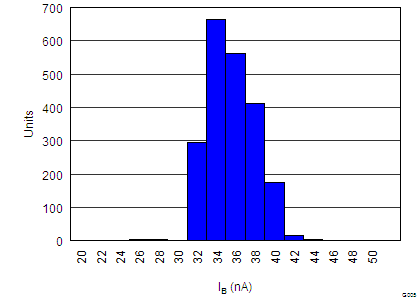
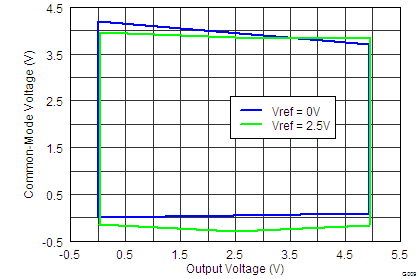
| Single supply, VS = +5 V, G = 5 |
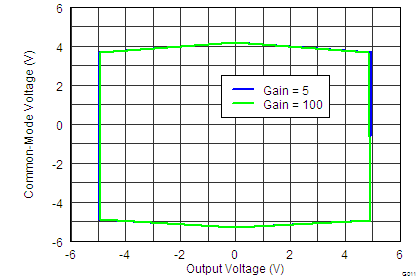
| Dual supply, VS = ±5 V |
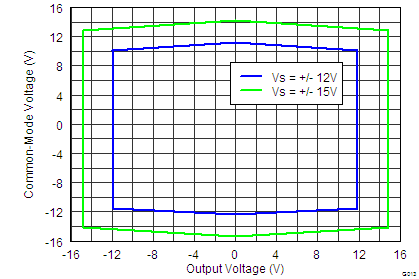
| Dual supply, VS = ±15 V, ±12 V, G = 100 |
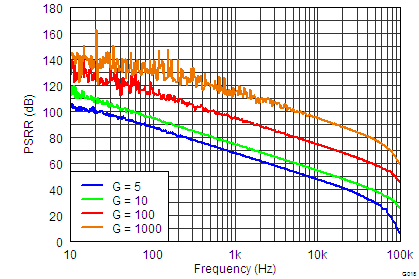
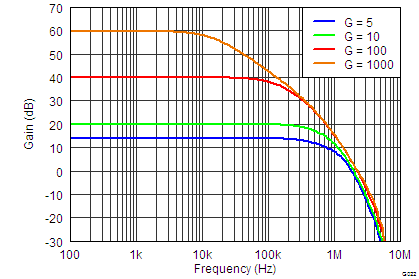
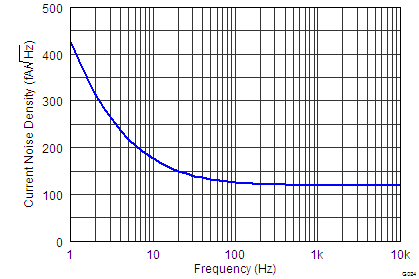
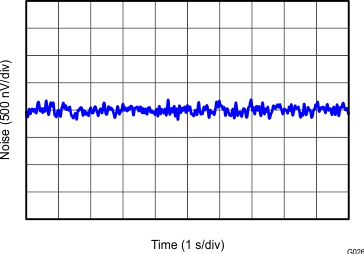
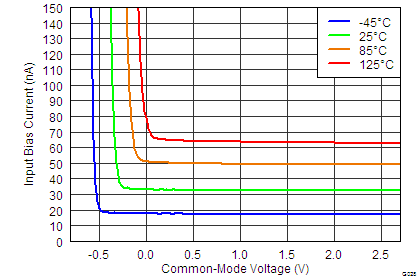
| VS = +2.7 V |
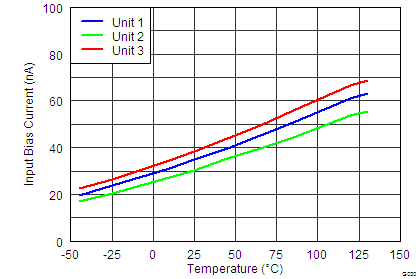
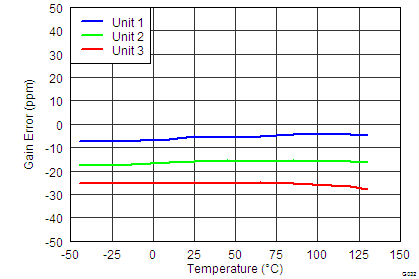
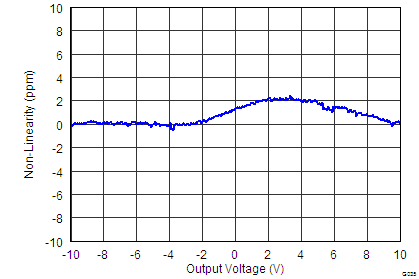
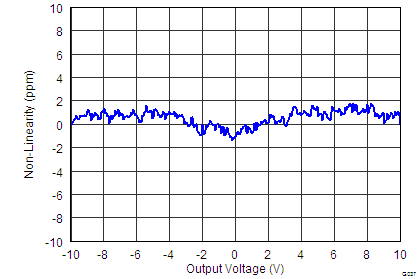
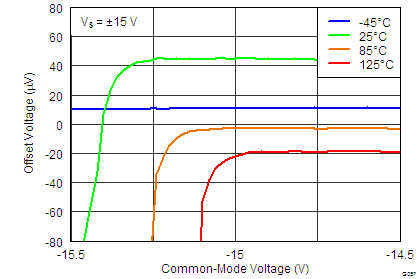
| VS = ±15 V |
Negative Common-Mode Voltage
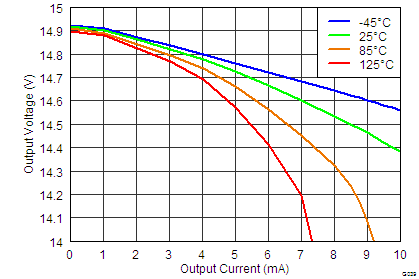
| VS = ±15 V |
Output Current
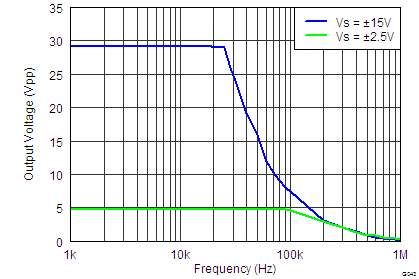
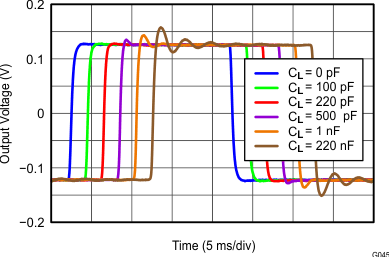
(G = 5)
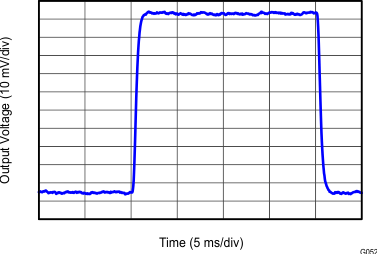
| G = 10, RL = 10 kΩ, CL = 100 pF |

| G = 1000, RL = 10 kΩ, CL = 100 pF |
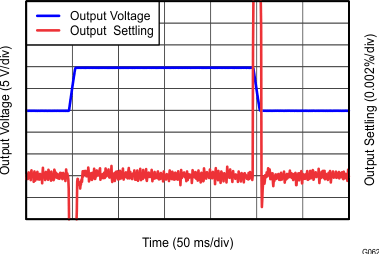
| G = 10, RL = 10 kΩ, CL = 100 pF |
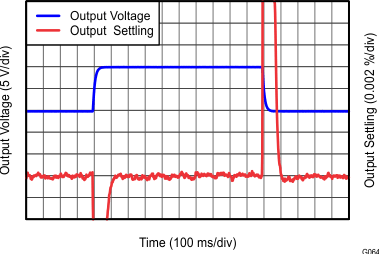
| G = 1000, RL = 10 kΩ, CL = 100 pF |
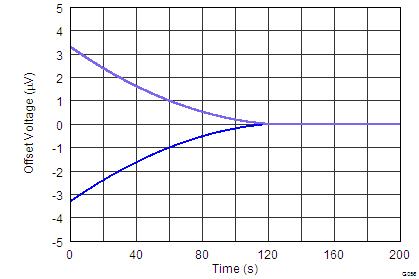
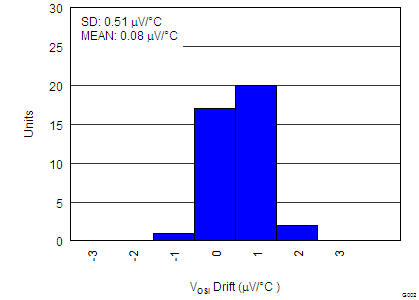
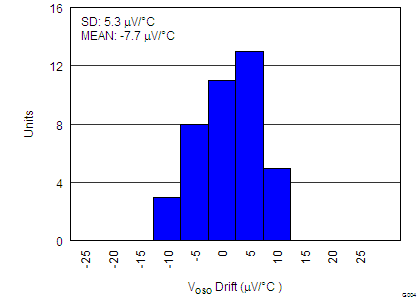
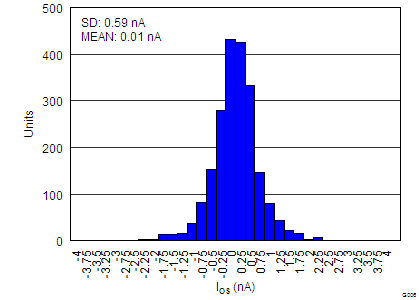
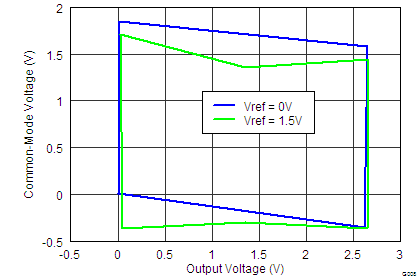
| Single supply, VS = +3 V, G = 100 |
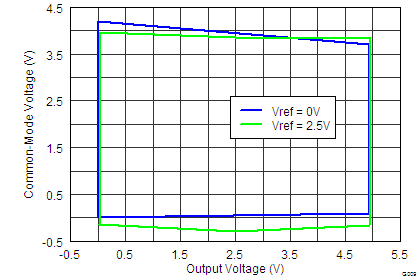
| Single supply, VS = +5 V, G = 100 |
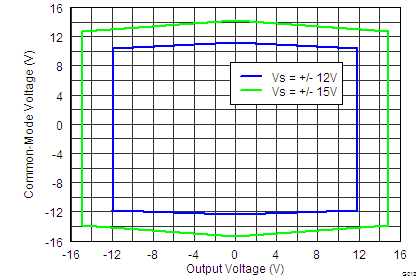
| Dual supply, VS = ±15 V, ±12 V, G = 5 |
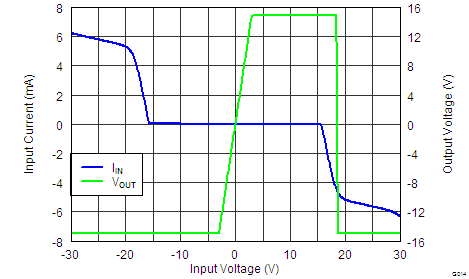
| G = 1, VS = ±15 V |
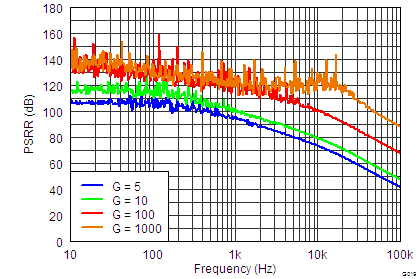
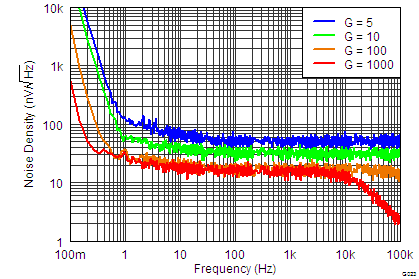
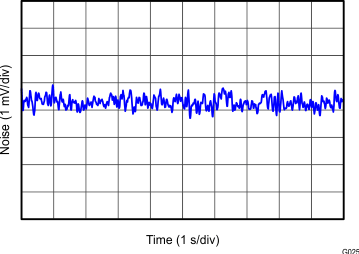
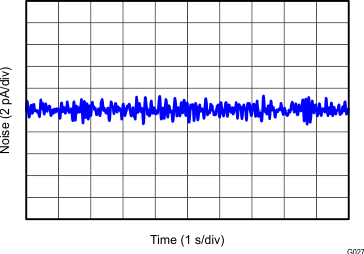
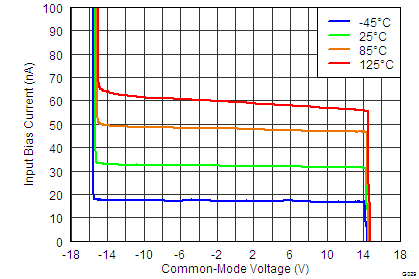
| VS = ±15 V |
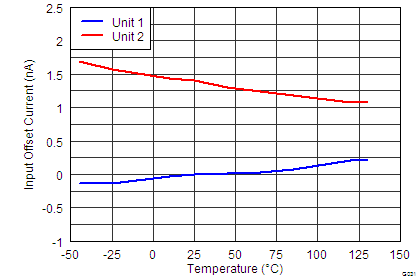
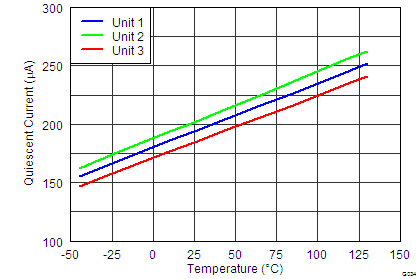
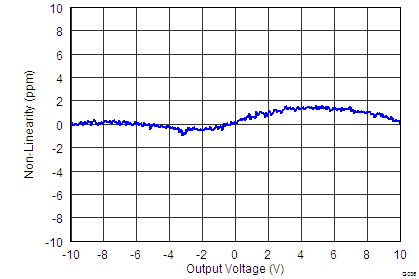
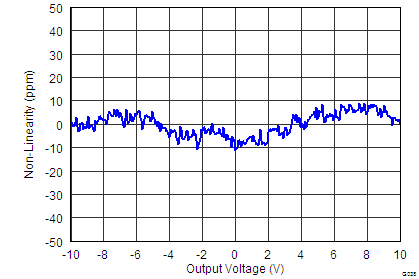
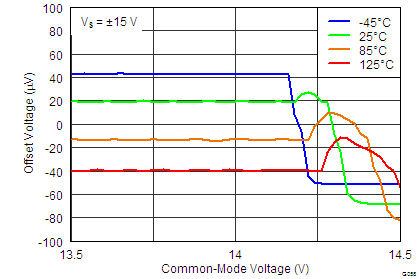
| VS = ±15 V |
Positive Common-Mode Voltage
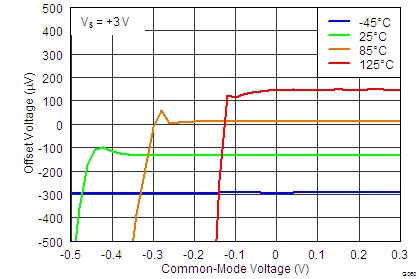
| VS = +3 V |
Positive Common-Mode Voltage
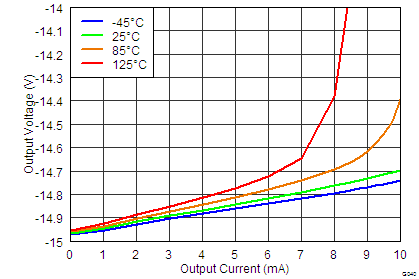
| VS = ±15 V |
Output Current
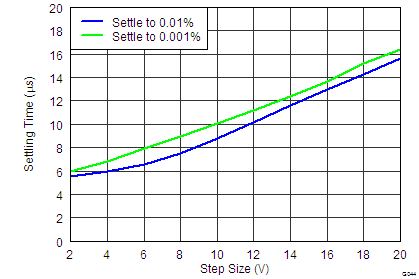
| VS = ±15 V |
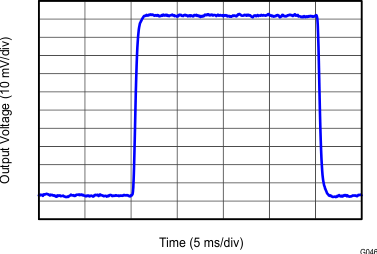
| G = 5, RL = 1 kΩ, CL = 100 pF |
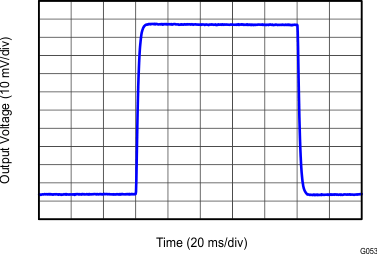
| G = 100, RL = 10 kΩ, CL = 100 pF |
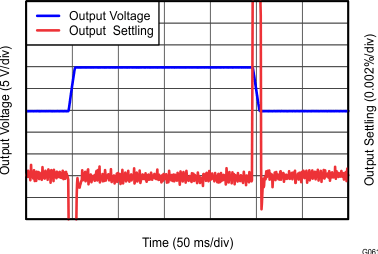
| G = 5, RL = 10 kΩ, CL = 100 pF |
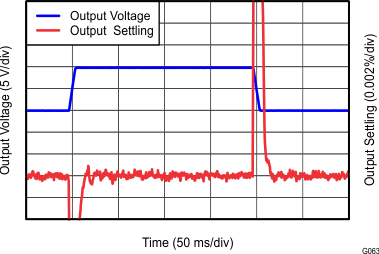
| G = 100, RL = 10 kΩ, CL = 100 pF |
